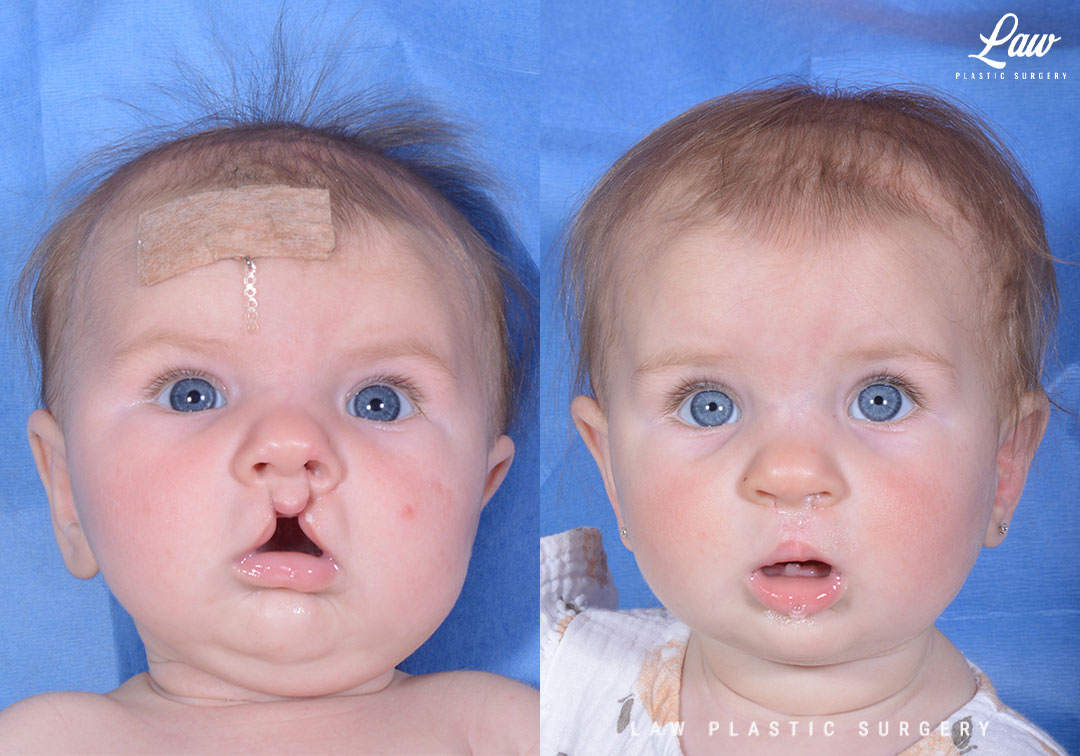Measure twice, cut once!
Every cleft lip marking process has a few unique differences, but most of it can be simplified to focus on the key, anatomic landmarks that are respected.
Here is a sped-up look at the marks for yesterday’s surgery.
I favor Dr. Fisher’s anatomic subunit approach, with a backcut at the depth of the white roll.
I’m slow to commit to the size of the cutaneous triangle, and like to leave more skin than needed initially. Then it can be trimmed and tailored later after the muscle is repaired. This ensures plenty of skin that will heal off of any tension.
Waiting on the triangle (Dr. Fisher does this after cutting and rotating the medial lip) also respects the viscoelasticity of the soft tissue, which we know shortens on the non cleft side variably according to how wide the cleft gap is.
For more, visit our Cleft Lip Repair page or call us at (214) 241-1997.
💻 lawplasticsurgery.com
👨⚕️ Dr. Huay-Zong Law
☎️ (214) 241-1997
📍 Dallas, TX
📍 Plano, TX
🏥 Board-Certified Plastic Surgeon
🎓 Craniofacial Fellowship Trained
Case Details
Cleft lip repair is traditionally done at about 3 months of age.
Some centers have moved this up to 2-4 weeks, once the child is doing well and gaining weight. There may be some benefits to feeding and weight gain doing this on the earlier side.
View Photos
